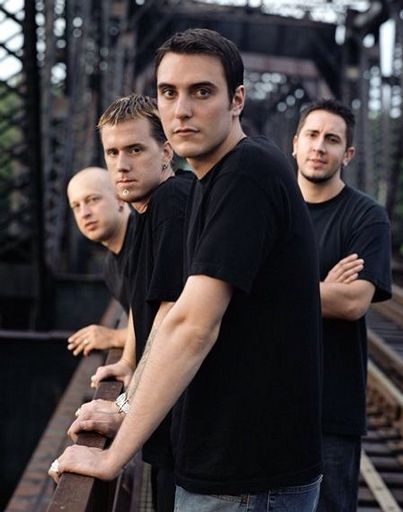

For time to event variables (overall survival (OS) and TTP), Kaplan-Meier product limit estimation was used to estimate medians and confidence intervals. In addition, the form requested information regarding clinical characteristics at the initial presentation of systemic non-Hodgkin lymphoma (date of diagnosis, histologic subtype, ECOG PS, serum lactate dehydrogenase (LDH) level, disease stage, extranodal site(s) involved at diagnosis, International Prognostic Index (IPI) score, type of initial therapeutic modality for systemic disease, and response to initial therapy).ĭescriptive summaries include proportions for categorical variables and medians, minimums, and maximums for numeric variables. Requested information included patient characteristics, CNS symptoms which heralded the relapse, date of radiographic evidence of brain disease (or date of brain biopsy if done), Eastern Cooperative Oncology Group Performance Status (ECOG PS) at the time of brain relapse, site and number of brain parenchyma lesion(s), presence or absence of lymphoma cells in the cerebrospinal fluid (CSF), front-line therapeutic management of brain relapse, date and site of disease progression (CNS, systemic or both) after front-line treatment of brain relapse, subsequent salvage treatment (chemotherapy, radiotherapy, both, or none), grade 3 or 4 nonhematologic treatment-related toxicities that occurred after front-line treatment of brain relapse, survival status, and cause of death. Long-term survival is possible in some patients.Ī data collection form for information regarding brain parenchyma relapse was sent to investigators affiliated with the IPCG. Our results suggest systemic methotrexate is the optimal treatment for isolated CNS relapse involving the brain parenchyma. 008) as front-line treatment for brain relapse were significantly associated with longer survival in a multivariate model. 006) at relapse and methotrexate use ( P =. Median time to progression was 1.0 year (95% confidence interval, 0.7-1.7 years). Median overall survival from date of brain relapse was 1.6 years (95% confidence interval, 0.9-2.6 years) 26 (23%) have survived 3 years or more.

Brain relapse was identified by neuroimaging in all patients in 54 (48%), diagnostic brain tumor specimen was obtained. Median time to brain relapse was 1.8 years (range, 0.25-15.9 years). Information on 113 patients was assembled from 13 investigators 94 (83%) had diffuse large B-cell lymphoma. Patients with isolated CNS relapse involving only the cerebrospinal fluid were not eligible. After complete response to initial non-Hodgkin lymphoma treatment, patients with isolated CNS relapse with the brain parenchyma as initial relapse site were eligible. We retrospectively analyzed patient characteristics, management, and outcomes of this complication. The band hit the road in 2005, touring with acts like Chevelle and Crossfade.Isolated central nervous system (CNS) relapse involving the brain parenchyma is a rare complication of systemic non-Hodgkin lymphoma. Their debut LVL IV appeared in October 2004 it looked to the sounds of alternative's heyday - Nirvana Rage Against the Machine - as a guide. The demo recording sparked the interest of Epic Records, who signed the Future Leaders in 2003. He recruited Hershey and Messina in Buffalo, and the trio recorded a demo in Los Angeles, where they also tapped guitarist Stutevoss. Originally from Buffalo, Tayler migrated to the West Coast in the late 1990s, where he struggled to find work while honing his skills as a performer and songwriter. Post-grunge combo Future Leaders of the World featured vocalist Phil Tayler, bassist Bill Hershey, drummer Carl Messina and guitarist Jake Stutevoss. The demo recording sparked the interest of Epic Records, who signed the Future.


 0 kommentar(er)
0 kommentar(er)
